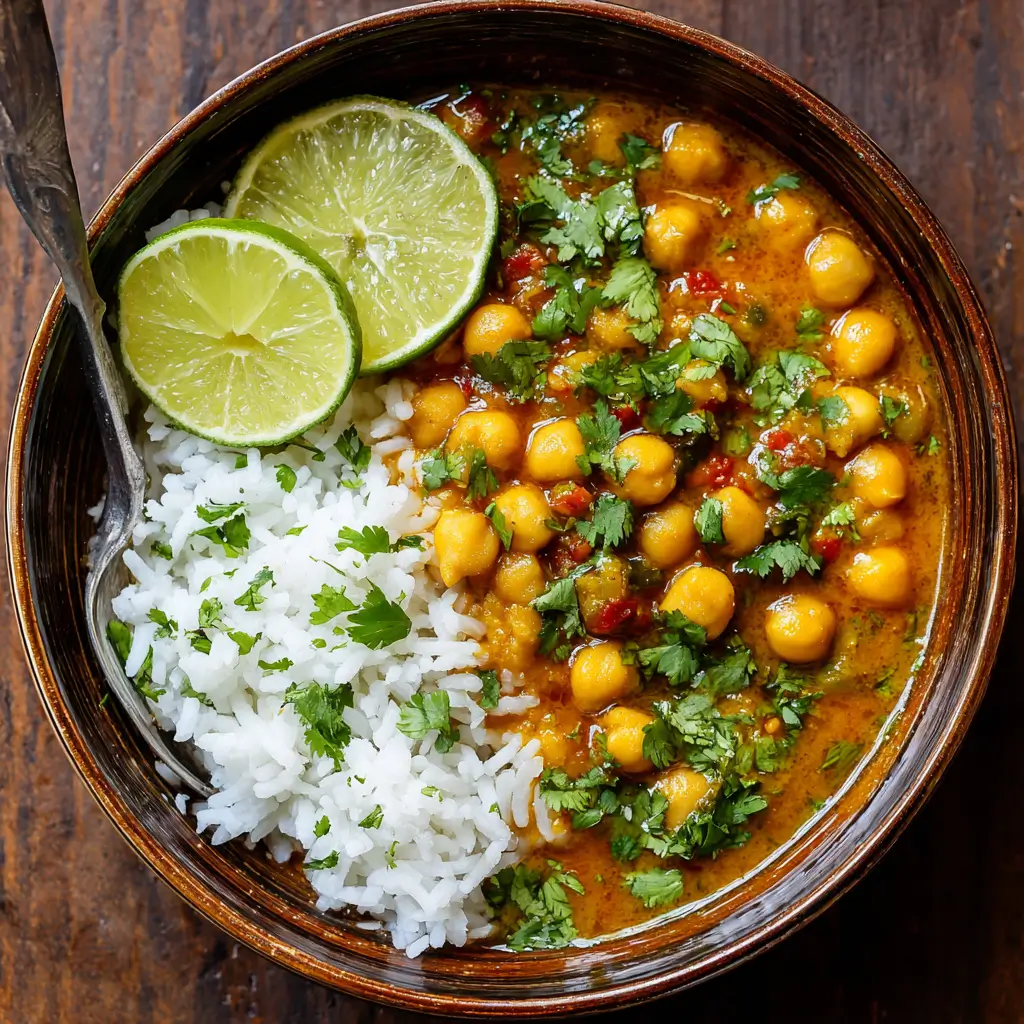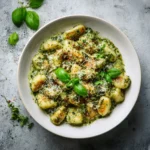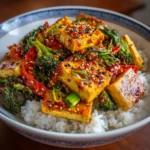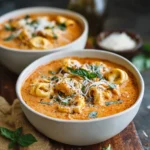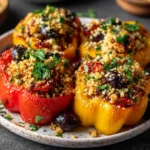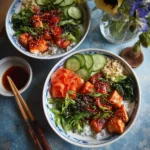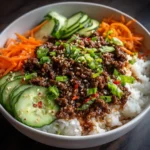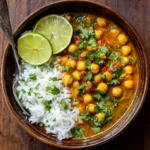Coconut Chickpea Curry: A Creamy, Flavorful Vegan Delight
There’s something deeply comforting about a warm bowl of coconut chickpea curry. With its rich, creamy texture and layers of aromatic spices, this dish has become a beloved staple in vegetarian and vegan kitchens around the world. Whether you’re new to plant-based cooking or a seasoned chef, this recipe offers an accessible yet deeply satisfying meal that nourishes both body and soul.
The History of Coconut Chickpea Curry
While there is no single origin point for coconut chickpea curry as we know it today, the dish draws inspiration from centuries-old culinary traditions across South Asia, East Africa, and the Indian diaspora. Chickpeas—also known as garbanzo beans—have been cultivated in the Mediterranean and South Asia since ancient times, dating back over 7,500 years. In India, they are a cornerstone of vegetarian diets and feature prominently in curries such as chana masala.
The use of coconut milk in savory dishes is widespread throughout tropical regions where coconut palms thrive, including Southern India (particularly Kerala), Sri Lanka, Thailand, and parts of East Africa like Tanzania and Kenya. These regions often blend coconut milk with legumes and spices to create hearty, protein-rich meals suitable for both everyday eating and festive occasions.
Modern coconut chickpea curry likely emerged from the fusion of Indian spice techniques with Southeast Asian and African coconut-based cooking styles. As global palates expanded and plant-based diets gained popularity in Western countries during the late 20th and early 21st centuries, chefs and home cooks began combining these traditions into a unified, dairy-free curry that’s now widely celebrated for its bold flavor and nutritional benefits.
Ingredients Breakdown: What Makes This Dish Shine
The magic of coconut chickpea curry lies in the harmony of its ingredients—each playing a vital role in creating depth, creaminess, and balance:
- Chickpeas: Packed with plant-based protein and fiber, canned or cooked dried chickpeas provide a meaty texture and earthy base.
- Coconut Milk: Full-fat coconut milk delivers a luscious, creamy consistency and subtle sweetness that balances spicy and tangy notes.
- Onions, Garlic & Ginger: The holy trinity of aromatics forms the flavor foundation, adding pungency and warmth.
- Tomatoes: Fresh or canned diced tomatoes contribute acidity and brightness, helping cut through the richness.
- Curry Powder & Spices: A blend of turmeric, cumin, coriander, smoked paprika, and garam masala creates a complex, warm, and slightly floral profile.
- Fresh Cilantro & Lime Juice: Added at the end for freshness and zing, elevating the overall taste experience.
- Olive Oil or Coconut Oil: Used for sautéing, enhancing the natural oils in the spices and releasing their essential flavors.
- Vegetable Broth: Helps thin the sauce to the desired consistency while boosting umami depth.
- Salt & Pepper: Essential for seasoning and bringing all elements together.
Step-by-Step Recipe: How to Make Coconut Chickpea Curry
This easy-to-follow recipe yields a thick, fragrant curry perfect for serving over rice or with naan bread. Serves 4–6.
Ingredients
- 2 tablespoons coconut oil or olive oil
- 1 large yellow onion, finely chopped
- 4 cloves garlic, minced
- 1 tablespoon fresh ginger, grated
- 1 medium carrot, diced (optional for added sweetness and texture)
- 1 red bell pepper, chopped (optional for color and crunch)
- 1 can (14 oz / 400g) diced tomatoes (fire-roasted preferred)
- 3 cans (15 oz / 425g each) chickpeas, drained and rinsed
- 2 cans (13.5 oz / 400ml each) full-fat coconut milk
- 1 cup vegetable broth (low sodium if preferred)
- 2 tablespoons curry powder (adjust to taste)
- 1 teaspoon ground cumin
- 1 teaspoon ground coriander
- ½ teaspoon turmeric powder
- ½ teaspoon smoked paprika (optional for depth)
- 1 teaspoon garam masala (add towards the end)
- 1 bay leaf
- Salt and freshly ground black pepper, to taste
- Juice of 1 lime (about 2 tablespoons)
- ½ cup fresh cilantro, chopped
- 1–2 green chilies (e.g., serrano or jalapeño), sliced (optional for heat)
Directions
- Sauté the Aromatics: Heat oil in a large heavy-bottomed pot or Dutch oven over medium heat. Add chopped onions and cook for 5–7 minutes until translucent and lightly golden. Stir in garlic, ginger, and optional diced carrot and bell pepper. Cook for another 3–4 minutes until fragrant and softened.
- Bloom the Spices: Reduce heat to low. Add curry powder, cumin, coriander, turmeric, smoked paprika, and a pinch of salt. Stir constantly for 1 minute to toast the spices—this enhances their aroma and prevents bitterness. Be careful not to burn them.
- Add Tomatoes and Liquids: Pour in the diced tomatoes with their juices, stirring well to combine. Then add the chickpeas, coconut milk, vegetable broth, and bay leaf. Mix thoroughly until the sauce turns a vibrant golden-orange hue.
- Simmer the Curry: Bring the mixture to a gentle boil, then reduce heat to low. Cover partially and let it simmer for 25–35 minutes, stirring occasionally. This allows the flavors to meld and the sauce to thicken slightly. If the curry becomes too thick, add more broth or water as needed.
- Finish with Final Touches: Remove the bay leaf. Stir in garam masala, lime juice, and half of the chopped cilantro. Taste and adjust seasoning—add more salt, pepper, lime juice, or even a pinch of sugar if the tomatoes are too acidic.
- Add Heat (Optional): For those who enjoy spice, stir in sliced green chilies or a dash of chili flakes just before serving.
- Serve Warm: Ladle the hot curry into bowls. Garnish with remaining cilantro and serve immediately alongside basmati rice, quinoa, cauliflower rice, or warm naan bread.
Tips for Perfect Coconut Chickpea Curry Every Time
- Use Full-Fat Coconut Milk: Light coconut milk will result in a thinner, less creamy curry. For maximum richness, always opt for full-fat canned coconut milk. Shake the can well before opening or whisk it after pouring.
- Rinse Chickpeas Well: Especially important if using canned chickpeas to remove excess sodium and the starchy liquid that can make the curry gluey.
- Bloom Your Spices: Don’t skip the step of toasting spices in oil—it unlocks their essential oils and deepens the overall flavor profile significantly.
- Simmer Slowly: A longer, gentle simmer (up to 45 minutes) develops richer flavor. Just keep an eye on the consistency and add liquid as needed.
- Acidity Is Key: Always finish with lime or lemon juice. It brightens the entire dish and cuts through the fat from the coconut milk.
- Let It Rest: Like many stews and curries, this dish tastes even better the next day after the flavors have fully integrated. Reheat gently on the stove.
- Freeze for Later: This curry freezes beautifully for up to 3 months. Store in airtight containers and thaw overnight in the fridge before reheating.
Variations and Customizations
One of the greatest strengths of coconut chickpea curry is its adaptability. Here are some popular ways to customize it:
- Add Vegetables: Toss in spinach, kale, sweet potatoes, cauliflower, peas, zucchini, or eggplant during the last 10 minutes of cooking.
- Make It Creamier: Blend half the curry in a blender or use an immersion blender for a smoother, restaurant-style texture.
- Boost Protein: Add cubed tofu, tempeh, or cooked lentils for extra plant-based protein.
- Spice It Up: Use fresh chilies, cayenne pepper, or a spoonful of harissa paste for more heat.
- Go Thai-Inspired: Swap curry powder for red or green Thai curry paste and add kaffir lime leaves and bamboo shoots.
- Indian Chana Style: Skip the coconut milk and use onion-tomato gravy with amchur (dry mango powder) for a tangier chana masala twist.
- Gluten-Free & Allergy-Friendly: Naturally gluten-free, nut-free, and soy-free (if using coconut oil and avoiding tofu). Check labels on broth and canned goods if allergies are a concern.
Health Considerations and Nutritional Value
Coconut chickpea curry isn’t just delicious—it’s also highly nutritious and supportive of various dietary lifestyles. Here’s a breakdown of its health benefits:
- High in Plant-Based Protein: Chickpeas provide approximately 15g of protein per cup, making this dish excellent for vegetarians and vegans.
- Rich in Fiber: Promotes digestive health, stabilizes blood sugar, and supports satiety—helpful for weight management.
- Healthy Fats: Coconut milk contains medium-chain triglycerides (MCTs), which are metabolized differently than other fats and may support energy and brain function.
- Anti-Inflammatory Properties: Turmeric contains curcumin, a powerful antioxidant and anti-inflammatory compound. Pairing it with black pepper enhances absorption.
- Low Glycemic Index: When made without added sugars, this curry has a minimal impact on blood glucose levels.
- Packed with Vitamins & Minerals: Includes vitamin C (from tomatoes and lime), iron (from chickpeas), potassium, magnesium, and B vitamins.
Nutritional Estimate (Per Serving, based on 6 servings):
- Calories: ~380–420
- Protein: ~12–14g
- Fat: ~22–25g (mostly healthy saturated and unsaturated fats)
- Carbohydrates: ~35–38g
- Dietary Fiber: ~9–11g
- Sugar: ~6g (naturally occurring)
- Sodium: ~600–800mg (can be reduced by using low-sodium broth and canned goods)
Note: While coconut milk is high in saturated fat, recent research suggests that the type found in coconuts (lauric acid) may have neutral or beneficial effects on heart health when consumed in moderation as part of a balanced diet.
Frequently Asked Questions (FAQ)
Can I make this curry oil-free?
Yes! Sauté the onions and spices using water, vegetable broth, or a non-stick pan. However, blooming spices in oil enhances flavor, so consider dry-toasting spices separately before adding liquids.
How do I thicken the curry?
Simmer uncovered for longer, or mash some of the chickpeas with a fork or potato masher to release starch. You can also mix 1 tsp cornstarch with 2 tbsp cold water and stir it in near the end of cooking.
What can I serve with coconut chickpea curry?
Excellent pairings include basmati rice, jasmine rice, quinoa, millet, couscous, or roti/naan bread. A side of cucumber raita (vegan version with coconut yogurt) or a simple salad complements the richness well.
Is this curry freezer-friendly?
Absolutely. Cool completely, then transfer to freezer-safe containers. Thaw in the refrigerator overnight and reheat on the stove with a splash of water or broth to refresh the texture.
Why did my coconut milk separate?
This is normal during simmering and doesn’t affect taste. Simply stir well to recombine. To minimize separation, avoid boiling vigorously and maintain a gentle simmer.
Can I use dried chickpeas instead of canned?
Yes, but they must be soaked overnight and cooked until tender before adding to the curry (about 1–1.5 cups cooked). This reduces sodium and improves texture control.
Can I make this in a slow cooker or Instant Pot?
Definitely. For a slow cooker: Sauté aromatics and spices first, then transfer to the crockpot with all other ingredients (except lime and cilantro). Cook on low for 6–8 hours or high for 3–4. For Instant Pot: Use Saute function for onions and spices, then add everything else and pressure cook for 10 minutes with quick release.
Summary
Coconut chickpea curry is a nourishing, flavorful, and versatile plant-based dish that brings together the creaminess of coconut milk with the heartiness of chickpeas and a symphony of aromatic spices. Easy to customize and packed with nutrition, it’s a weeknight favorite that satisfies every palate.
